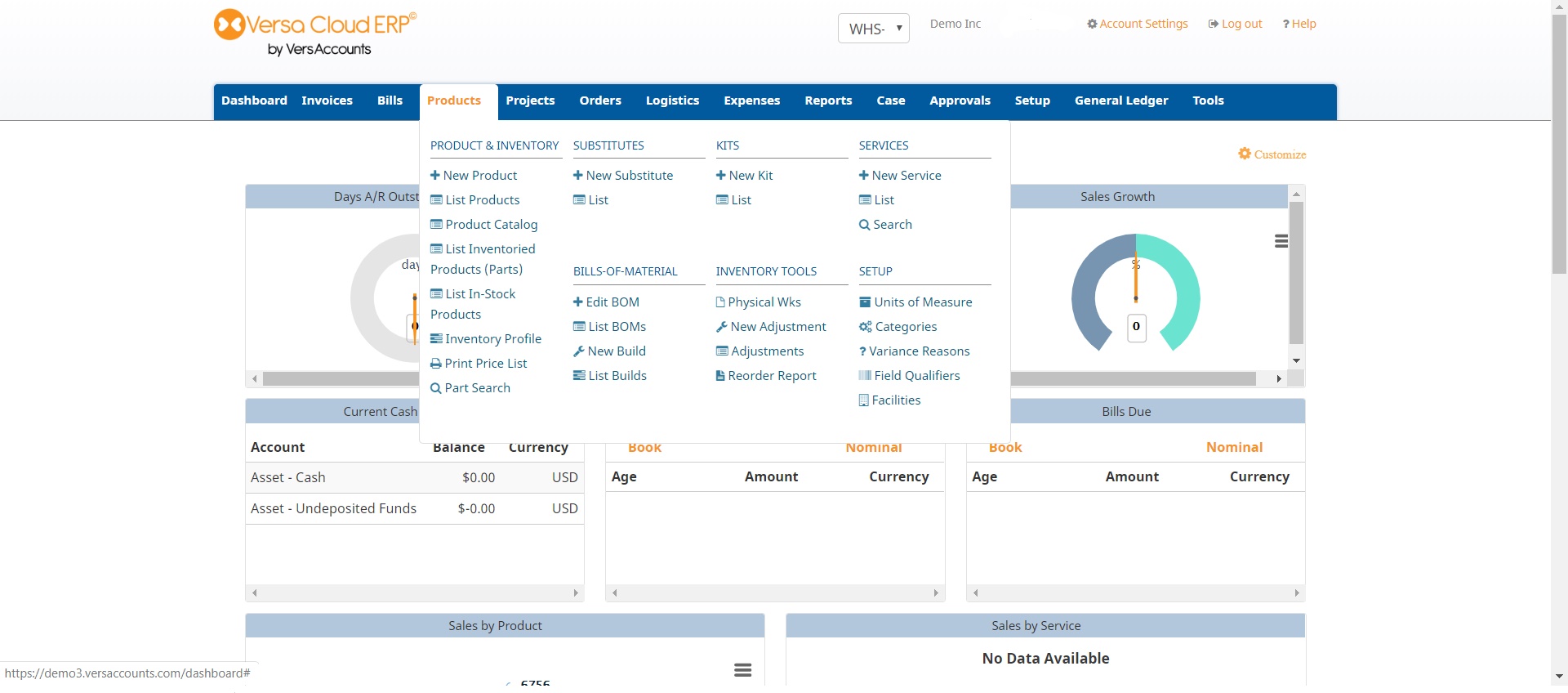
- #Focus 6 accounting software for free#
- #Focus 6 accounting software software#
- #Focus 6 accounting software professional#
In 1992, SAP released R/3, which represented a switch from mainframe computing to the client-server model, and from a two-tier to a three-tier architecture, in which presentation, applications and data were housed separately. R/2 helped power SAP's growth, and the vendor expanded its customer base to about 200 companies. R/2 used a two-tier architecture, where presentation was on one platform and applications and data were on another. In 1979, SAP released R/2, a mainframe system that provided real-time data processing across accounting, manufacturing, supply chain and human resources. R/1 ran on IBM servers and disk operating systems (DOS), and it had a single-tier architecture in which presentation, applications and data were on one platform. In 1973, SAP released R/1, a financial accounting system. The original idea for SAP was to provide customers with the ability to interact with a common corporate database for a comprehensive range of applications in real time. SAP was started in 1972 by five former IBM employees in Mannheim, Germany.
#Focus 6 accounting software professional#
Service Industries, including Cargo Transportation and Logistics Engineering, Construction and Operations Media Passenger Travel and Leisure Professional Services Sports and Entertainment and Telecommunications. Public Service, including Defense and Security Federal and National Government Future Cities Healthcare Higher Education and Research and Regional, State and Local Government. Financial Services, including Banking and Insurance. 
Energy and Natural Resources, including Building Products Chemicals Mill Products Mining Oil, Gas and Energy and Utilities.Discrete Industries, including Aerospace and Defense Automotive High Tech and Industrial Manufacturing.Consumer Industries, including Agribusiness Consumer Products Fashion Life Sciences Retail and Wholesale Distribution.Besides ECC, it includes modules for CRM, PLM, SCM and supplier relationship management ( SRM).Īmong the industry-specific applications in Business Suite or S/4HANA are the following:

#Focus 6 accounting software software#
SAP software helps organizations to manage nearly every aspect of the business, from finances to HR, procurement and logistics.īusiness Suite includes a broad range of business applications as well as industry-specific functionality.
the complexity of the system, which means implementations can take several years. high purchase and implementation costs, including buying the software itself and the underlying infrastructure, labor costs of internal IT employees and external consultants, the costs of training employees and the residual costs of software maintenance and periodic upgrades and. strong reporting and analytics features that aid in decision-making. standardization of an organization's business processes. The main advantages of SAP ERP, especially the systems intended for large enterprises (ECC and S/4HANA) include the following: A fourth ERP product, SAP Business One, is geared to smaller business and runs on premises or in the cloud. SAP Business ByDesign is a SaaS ERP system originally marketed to SMBs, but today it occupies the midmarket segment of the SAP product line. SAP S/4HANA Cloud is a SaaS version of S/4HANA, providing the advantages of HANA's in-memory processing and real-time data accessibility within a subscription-based SaaS model. S/4HANA is meant to reduce complexity, according to SAP, and to replace SAP ECC, eventually. It is an ambitious rewrite of the Business Suite optimized for the SAP HANA in-memory database platform. S/4HANA is the vendor's in-memory ERP platform that was released in 2015. SAP ECC has both functional and technical modules.ĮCC is the ERP system at the center of SAP Business Suite, a broader collection of modules that handle other common business processes, such as supply chain management ( SCM) and product lifecycle management (PLM). The functional modules include the following: Its modules are separated into functional modules and technical modules. Nowadays, it is a catchall for all of SAP's ERP products: ECC, S/4HANA, Business One and Business ByDesign.ĮCC remains SAP's flagship ERP and the basis of the next-generation product, S/4HANA. The most widely installed SAP system, SAP ERP Central Component ( SAP ECC), is an on-premises ERP system that is usually implemented in medium-size and large companies.Īt one time, the term "SAP ERP" was synonymous with ECC. The close integration and common data store ensure that information flows from one SAP ERP component to another without the need for redundant data entry and help enforce financial, process and legal controls. SAP's various ERP products enable its customers to run their business processes, including accounting, sales, production, HR and finance, in an integrated environment, with data from each module stored in a central database. 
#Focus 6 accounting software for free#
Download this entire guide for FREE now! What is SAP enterprise resource planning (ERP)?







 0 kommentar(er)
0 kommentar(er)
